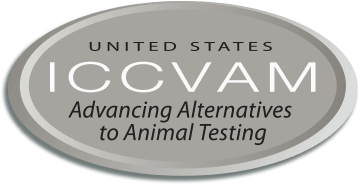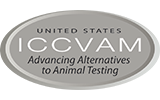Incorporating Genetic Susceptibility into Developmental Neurotoxicity Screening via Population Diversity
The potential for neurotoxicity in children following exposure to environmental chemicals is of concern due to recent increases in the prevalence of neurological disorders such as attention deficit hyperactivity disorder and autism. Neurotoxicity risk for an individual can be influenced both by genetic background and by exposures to neurotoxic chemicals in the environment. To investigate the role of genetic diversity in susceptibility to neurotoxicity, scientists at NIEHS, EPA, and FDA are using a genetically diverse set of cells to evaluate a curated set of chemicals with neurotoxic potential. Neural progenitor cells were derived from a set of mice bred to maximize genetic diversity. An initial set of 200 genetically different cell lines from male and female mice was narrowed down to 135 cell lines, considered to be the minimum number of cell lines needed to quantitatively assess diversity in population responses. The panel of cell lines was exposed to 8 concentrations of a 12-chemical test set. The intracellular morphometry of each treated cell was visualized using a high-content imaging assay called cell painting, which uses six fluorescent dyes to quantitatively describe cell features such as cell membranes, mitochondria, DNA and RNA, cytoskeleton, and Golgi bodies (Bray et al. 2016). Data analysis is ongoing, and data will be used to derive PODs for chemical-induced intracellular morphometric endpoints and characterize the variability in these PODs across cell lines for each chemical. Data will also be analyzed to explore differences in toxicity mode of action that may differ across lines and therefore be genetically linked. These data will inform data-driven uncertainty factors that account for interindividual variability, allowing for adequate protection of genetically sensitive subpopulations. A poster describing the project (Harrill et al.) will be presented at the 2022 annual meeting of the Society of Toxicology, with a talk planned for an accepted symposium at the 2023 meeting. A paper describing the project is planned for submission in 2023.



